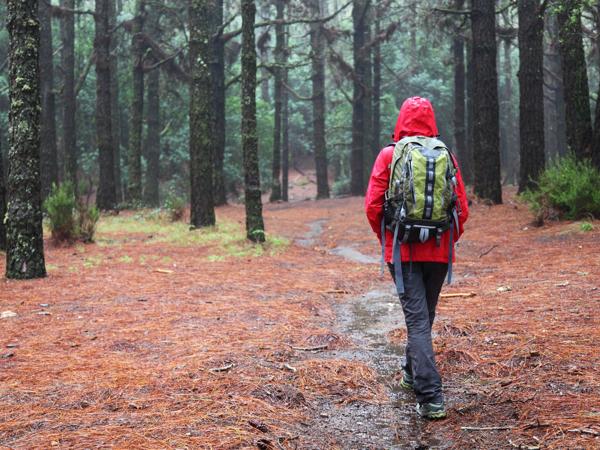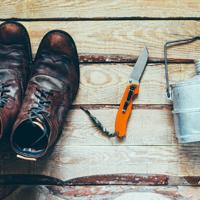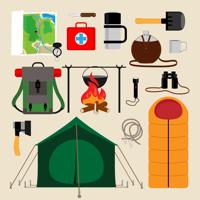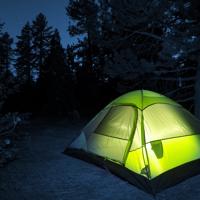When it comes to outdoor survival, one of the key elements to prioritize is staying dry. Wet clothing can sap your body heat, leading to hypothermia faster than you might expect. Proper rain gear not only protects you from getting soaked but also maintains your core temperature, allowing you to focus on other survival tasks.
Understanding Rain Gear
Rain gear is made up of several components including jackets, pants, hats, and boots. Each piece plays a role in keeping you dry and shielding you from the elements. Selecting the right rain gear depends on factors like climate, activity level, and personal preference.
Jackets
A reliable rain jacket is a cornerstone of any survivalist’s arsenal. Look for jackets that offer three key features: waterproofing, breathability, and durability.
- Waterproofing: Fabrics like Gore-Tex, eVent, or proprietary technologies from brands such as Patagonia and Arc’teryx provide effective waterproofing. These materials prevent water from penetrating while allowing perspiration to escape.
- Breathability: Staying dry from the inside is as important as staying dry from external rain. Pit zips, mesh linings, and proper venting help maintain airflow.
- Durability: Ruggedness is critical, especially in dense forests or rocky terrains. Consider jackets with reinforced shoulder and elbow areas.
A popular choice is the Columbia Watertight II rain jacket, offering an excellent balance between affordability and performance.
Pants
Rain pants are often overlooked but are crucial in a survival scenario. They should be easy to put on and breathable enough to wear for extended periods.
- Features: Side zips for ventilation and easy removal, adjustable cuffs for a custom fit, and articulated knees for better movement are valuable design elements to consider.
- Materials: Just like jackets, materials such as Gore-Tex are ideal. Some prefer lighter materials for easier packing and wearing over other pants layers.
The Marmot PreCip Eco Pants are a sound selection due to their eco-friendly construction and reliable waterproofing.
Hats
A good rain hat can be an excellent addition to your gear, keeping rain off your face and neck. The key elements include water repellency, a wide brim, and comfort.
- Water Repellency: Materials should shed water efficiently, keeping your head dry without compromising breathability.
The Outdoor Research Seattle Sombrero is a favorite among many outdoor enthusiasts for its excellent protection and durability.
Footwear
Keeping your feet dry is non-negotiable. Wet feet lead to blisters, fungal infections, and a serious drop in morale.
- Waterproof Boots: Choose boots with a waterproof lining and material such as leather with a treated surface or high-quality synthetics.
- Gaiters: For additional protection, especially in heavy rain or snow, gaiters are invaluable. They cover the tops of your boots and help keep water, mud, and debris out.
The Salomon Quest 4D 3 GTX boots offer a solid mix of comfort, waterproofing, and support.
Conclusion
Selecting the right rain gear can significantly improve your outdoor survival experience, offering comfort and enabling you to handle tasks with agility and focus. The best approach is to thoroughly assess your needs, the climate and the duration of your adventures.
Remember, no single piece of gear is perfect for every scenario. It’s about choosing what works best for you and being prepared to adapt. With the right gear, you can face the elements with confidence, knowing you have taken steps to protect yourself.
Please ensure you try out your rain gear in manageable conditions before relying on it in a real survival situation. This familiarity can make a vast difference in ensuring your comfort and safety.




